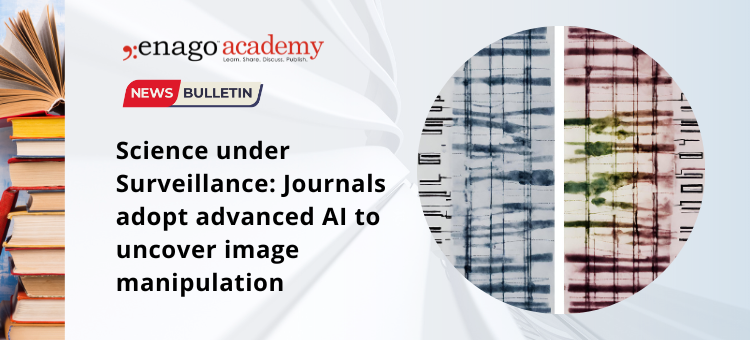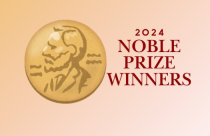Science under Surveillance: Journals adopt advanced AI to uncover image manipulation

Journals are increasingly turning to cutting-edge AI tools to uncover deceitful images published in manuscripts. These advanced algorithms meticulously comb through papers, identifying any signs of tampering, such as duplicated, deleted, or spliced images, which may indicate intent to mislead. To enhance the scrutiny, many journals have introduced new safeguards, such as requiring authors to submit raw data or using tools like ImageTwin and Proofig to screen papers.
These AI systems are adept at quickly spotting identical or edited images, enabling editors detect issues pre-publication. Additionally, forum sites like PubPeer are also hosting discussions on potential errors in published papers, sometimes leading to necessary corrections. However, experts caution that current software still struggles to detect more advanced manipulation, such as deepfakes.
The Problem of Image Manipulation
Recent revelations on platforms like PubPeer have brought the issue of image manipulation in scientific research to the forefront. Notable cases include Nobel laureate Gregg Semenza retracting his 10th paper due to image manipulation issues, specifically duplicated images in the HIF-1α immunoblot, as highlighted by PubPeer users. Additionally, renowned neuroscientist Khalid Shah from Harvard Medical School and Brigham and Women’s Hospital is currently under investigation for alleged image duplication in 29 papers.
Retraction Watch database has highlighted that around 4% of documented retractions, corrections, or expressions of concern in scientific literature involve image manipulation issues.
The Need for Change
These proactive measures have led to an increase in the rate of flagged papers for image manipulation. But to truly combat the problem, scientists say improved research culture and accountability for misconduct are essential. As image manipulation becomes increasingly difficult to detect, a focus on integrity and rigor across the scientific community will be crucial.
There is evidence that screening is effective; one journal saw the rate of flagged papers triple after adopting AI checks. However, to effectively combat the problem, an urgent cultural overhaul is needed, emphasizing the values of integrity and accountability at every stage of the research journey. As manipulation techniques continue to evolve, a steadfast commitment to honesty and rigor will serve as the cornerstone of scientific integrity.
According to you, how can we effectively combat the issue of image manipulation in scientific research? Share your thoughts and experiences on this issue by joining the conversation on our Open Platform or participating in our podcast.









